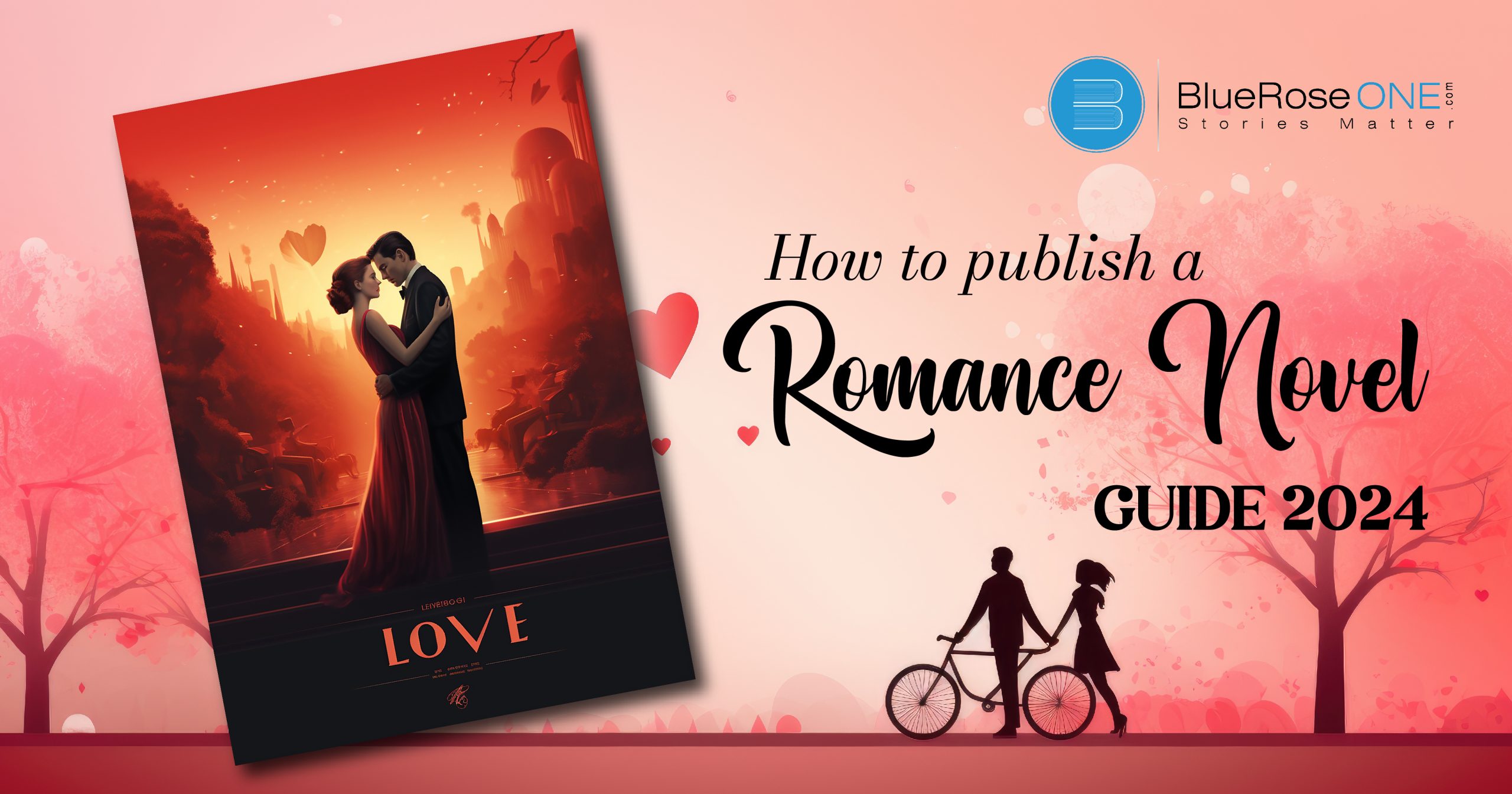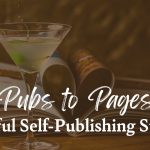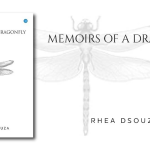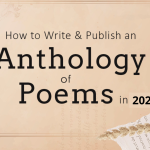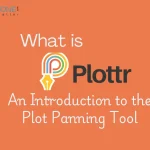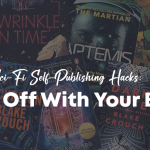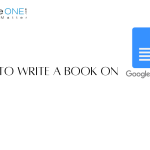Introduction:
The world of romance literature is a vast and captivating realm, and if you’ve penned a love story that you’re eager to share with the world, 2024 offers numerous opportunities in the publishing landscape. In this guide, we’ll explore the step-by-step process to publish a romance novel, covering everything from crafting a compelling manuscript to marketing your book effectively.
I. Crafting Your Romance Novel Masterpiece:
- Understand the Genre: Before embarking on the journey of writing a romance novel, it is essential to immerse yourself in the intricacies of the genre. Romance is a diverse literary landscape with various sub-genres, each offering unique themes, settings, and tones. Exploring these sub-genres, from historical romance to contemporary or paranormal romance, allows you to understand the nuances that appeal to different readers.
Consider the success of Julia Quinn in the historical romance novel sub-genre. Her Bridgerton series, set in the Regency era, stands out for its meticulous historical details, witty dialogue, and engaging characters. By understanding the expectations of historical romance novel readers and delivering a fresh take on the genre, Quinn has not only captivated her audience but also elevated the genre itself.
Moreover, familiarising yourself with romance tropes is crucial. Tropes, such as enemies-to-lovers, friends-to-lovers, or second-chance romance, are recurring themes that resonate with readers. While tropes provide a familiar framework, it is essential to identify your unique angle within these conventions. This exploration ensures that your novel both adheres to genre expectations and offers a fresh, distinctive narrative that sets it apart in the competitive world of romance novel literature. - Create Engaging Characters: Characters are the heart and soul of your narrative. Readers connect deeply with protagonists who are well-rounded, relatable, and possess a depth of personality. To resonate with your target audience, invest time in crafting characters that evoke empathy and understanding.
Take the example of Nicholas Sparks‘ “The Notebook.” Noah and Allie, the central characters, are richly developed with distinct personalities, flaws, and aspirations. By infusing his characters with authenticity and complexity, Sparks invites readers to emotionally invest in the love story. The relatability of the characters and their genuine struggles enhance the emotional impact of the novel, creating a lasting connection with the audience.
Understanding your target audience is crucial when developing characters. Consider the demographics and preferences of romance novel readers within your chosen sub-genre. By creating protagonists who embody the desires, challenges, and dreams of your readers, you establish a deeper connection, fostering a sense of intimacy and investment in the unfolding romance. - Build a Riveting Plot: Crafting a compelling plot is the cornerstone of a successful romance novel. A riveting storyline keeps readers engaged from the opening scene to the final resolution. Introduce conflict, tension, and emotional highs and lows to create a narrative that is both captivating and memorable.
An exemplary instance is the novel “Pride and Prejudice” by Jane Austen. The novel, often considered a classic in the romance genre, weaves a tale of societal expectations, misunderstandings, and the transformative power of love. The conflict between Elizabeth Bennet and Mr. Darcy, fueled by pride and prejudice, adds layers of complexity to the narrative, ensuring that readers remain enthralled by the evolving relationship.
To build a riveting plot, consider incorporating elements that resonate with your chosen sub-genre. Whether it’s the slow burn of simmering love or the intensity of a suspenseful romance, align your narrative choices with the expectations of your target audience. Engaging plots not only keep readers hooked but also contribute to the overall satisfaction and enjoyment of the romance novel reading experience.
You may also like: Top 10 Best Biographies of All Time
II. Preparing for Publication:
- Editing and polishing: Once you’ve completed your manuscript, the editing and polishing phase is crucial for elevating your novel to a professional standard. Hiring a professional editor is an investment that pays off in terms of marketability and reader satisfaction. A skilled editor goes beyond basic proofreading, providing substantive feedback on the overall structure, pacing, character development, and language use.
Consider the case of bestselling romance novel author Nora Roberts. Known for her meticulous approach to storytelling, Roberts recognises the importance of professional editing in producing high-quality work. By collaborating with experienced editors, she ensures her novels not only captivate readers with engaging plots but also meet the highest editorial standards. This commitment to excellence has contributed significantly to Roberts’ enduring success in the romance genre.
A well-edited novel is more likely to resonate with readers, receive positive reviews, and establish your credibility as an author. The editing process is a collaborative effort that refines your narrative, addresses inconsistencies, and polishes your prose, ultimately enhancing the overall reading experience for your audience. - Book Cover Design: Investing in an eye-catching book cover is a strategic move that directly impacts your book’s success. Your cover is the first impression potential readers have of your novel, and it serves as a visual representation of the story within. A professionally designed cover is a crucial marketing tool that can attract readers, convey the genre, and communicate the tone of your romance novel.
Consider the iconic cover of Nicholas Sparks’ “The Notebook.” The design features a romantic image of a couple embracing in the rain, setting the tone for the heartfelt and emotional story within. The combination of compelling visuals and thoughtful design aligns with the expectations of the romance genre, enticing readers to explore the pages beneath the captivating cover.
Collaborating with a skilled cover designer ensures that your book stands out in a crowded market. Elements such as colour scheme, typography, and imagery are carefully chosen to resonate with your target audience. A well-designed cover not only attracts potential readers but also communicates the professionalism and quality of your work, contributing to the overall success of your romance novel. - Formatting for Publication: Formatting your manuscript for publication is a crucial step that contributes to the overall reading experience for your audience. Different publishing platforms may have specific formatting requirements, and adhering to these guidelines ensures that your novel appears polished and professional.
For example, if you choose to publish through Amazon Kindle Direct Publishing (KDP), understanding their formatting guidelines is essential. Consistent formatting, including proper indentation, font choice, and chapter breaks, ensures a seamless transition from the manuscript to the reader’s device. A well-formatted ebook enhances readability and prevents distractions, allowing readers to immerse themselves fully in your romance narrative.
Formatting extends beyond the interior of your book to include metadata such as title, author name, and book description. Optimising these elements for discoverability on online platforms enhances your book’s visibility, increasing the likelihood of attracting your target audience.
By investing time and attention into formatting, you contribute to the professionalism of your novel and demonstrate a commitment to delivering a high-quality product to your readers. A seamless reading experience enhances reader satisfaction and positively influences reviews and recommendations, contributing to the success of your romance novel in the competitive literary market.
You may also like: The Rise of Self Publishing and What it means for Authors
III. Choosing Your Publishing Path:
- Traditional Publishing: Traditional publishing involves submitting your manuscript to literary agents or directly to publishing houses. While this route is known for its competitiveness, it offers several advantages, including wider distribution, professional support, and the potential for broader market reach.
Submitting to literary agents is often the first step in the traditional publishing process. Agents act as intermediaries between authors and publishing houses, leveraging their industry knowledge and connections to secure book deals. They review manuscripts, provide feedback, and champion authors’ works to publishers. An example of a successful literary agent-author partnership is J.K. Rowling and her agent, Neil Blair. Blair played a pivotal role in securing the publishing deal for the Harry Potter series, showcasing the impact a skilled literary agent can have on an author’s career.
Direct submission to publishers is another avenue for traditional publishing. Authors can send query letters, book proposals, or complete manuscripts to publishing houses that accept unsolicited submissions. If the publisher sees potential in the work, they may offer a book deal, providing editorial guidance, marketing support, and wider distribution. An example is Harper Lee’s “To Kill a Mockingbird,” which was submitted directly to J.B. Lippincott & Co. The novel went on to become a literary classic, highlighting the success that can arise from a direct author-publisher relationship.
While traditional publishing can be challenging due to the competitive nature of the industry, the benefits include the potential for extensive marketing, access to professional editing, and the prestige associated with being traditionally published. Authors interested in this route should carefully research literary agents and publishers, tailor their submissions, and be prepared for a longer timeline compared to self-publishing. - Self-Publishing: Self-publishing has emerged as a viable and increasingly popular option for authors seeking more control over the publishing process. Platforms like Amazon Kindle Direct Publishing (KDP) and other independent publishing platforms allow authors to publish and distribute their work independently, without the need for a traditional publisher.
One significant advantage of self-publishing is the level of control authors have over their books. From cover design to pricing and release schedule, authors make key decisions throughout the process. This control is exemplified by the success of romance author Colleen Hoover, who initially self-published her debut novel, “Slammed,” through Amazon KDP. The book’s success led to a traditional publishing deal and marked the beginning of Hoover’s flourishing career.
Self-publishing also offers a quicker route to market. Authors can release their books on their own terms, avoiding lengthy submission processes and publishing timelines. The ability to experiment with genres, cover designs, and marketing strategies provides a valuable learning experience for authors honing their craft and understanding their audience.
However, self-published authors must be proactive in marketing and promoting their books. Success in self-publishing often involves building a strong online presence, utilising social media, and employing effective book marketing strategies. While self-published books may not always have the same distribution reach as traditionally published works, the potential for higher royalties and creative freedom makes self-publishing an attractive option for many authors.
You may also like: The importance of professional editing in Self-Publishing
IV. Marketing Your Romance Novel:
- Author Platform: Building an Online Presence
Establishing a robust author platform is crucial for connecting with your target audience and creating a community around your work. Social media platforms like Instagram, Twitter, and Facebook offer opportunities to share snippets of your writing process, behind-the-scenes glimpses, and engage with readers directly.
A personal website serves as a centralised hub for your author brand, providing information about your books, upcoming events, and a blog where you can share your thoughts and interact with your audience. Goodreads, specifically designed for readers and authors, allows you to create an author profile, connect with readers, and participate in discussions about your work.
Example: Romance novel author Jasmine Lee uses Instagram to share visually appealing quotes from her novels, providing a sneak peek into her writing style and creating a visually cohesive brand. Her website offers exclusive content, such as character interviews and bonus scenes, while her Goodreads profile showcases reader reviews and allows her to participate in genre-specific groups and discussions. - Book Launch Strategy: Planning a Strategic Launch
A well-executed book launch is essential to generating excitement and interest in your romance novel. Pre-launch promotion involves creating anticipation through teasers, cover reveals, and engaging with your audience about the upcoming release. On release day, consider hosting virtual launch events on platforms like Facebook or Instagram Live, where you can interact with readers, answer questions, and celebrate the book’s debut. Post-launch marketing efforts involve maintaining momentum through ongoing promotional activities, such as discounted pricing, limited-time offers, or exclusive content for readers who purchase during the launch period.
Example: Bestselling romance novel author Nicholas Sparks strategically plans his book launches, utilising social media to reveal cover art and share countdowns leading to release day. On launch day, he engages with fans through live Q&A sessions, creating a sense of community and celebration around the release. Post-launch, he sustains interest by offering signed copies, exclusive merchandise, or limited-time access to additional content. - Utilising Reviews and Testimonials: Encouraging Reader Feedback
Positive reviews play a pivotal role in enhancing your book’s visibility and credibility. Encourage readers to leave reviews on platforms like Amazon, Goodreads, or book retailer websites. Personalised requests in author newsletters or social media posts can prompt readers to share their thoughts. Engaging with reviewers, expressing gratitude for their feedback, and addressing concerns or questions fosters a positive author-reader relationship. Positive reviews not only influence potential readers but also contribute to algorithms that recommend your book to a broader audience.
Example: Romance novel author Sarah Miller includes a heartfelt note at the end of her books, encouraging readers to leave reviews and share their thoughts on platforms like Amazon. She regularly engages with her readers on social media, thanking them for their reviews and featuring snippets of their comments in her promotional materials. This not only builds a sense of community but also showcases genuine reader reactions. - Collaborate and Network: Expanding Your Reach
Connecting with fellow authors, bloggers, and influencers in the romance genre can significantly expand your book’s reach. Collaborate on promotional events, such as joint book releases, virtual book clubs, or themed giveaways. Guest blog posts on popular romance blogs or participating in genre-specific online communities can introduce your work to new audiences. Joint social media campaigns, where authors share and promote each other’s work, leverage the collective reach of the network, creating a win-win situation for everyone involved.
Example: Romance novel authors Emma Hart and Helena Hunting collaborated on a joint virtual book tour to promote their respective novels. They hosted Instagram Live sessions, where they discussed their books, answered questions from fans, and cross-promoted each other’s work. By combining their audiences and leveraging their individual strengths, they created a buzz around their books and introduced each other to new readers.
You may also like: Insights from Best Selling Authors: The art of storytelling
Conclusion:
Publishing a romance novel in 2024 is an exciting endeavour filled with opportunities for success. By combining a captivating story with a strategic approach to publishing and marketing, you can navigate the literary seas and bring your love story to the eager hands of readers around the world. Embrace the journey, stay persistent, and let your passion for storytelling shine through every page of your romance novel.

